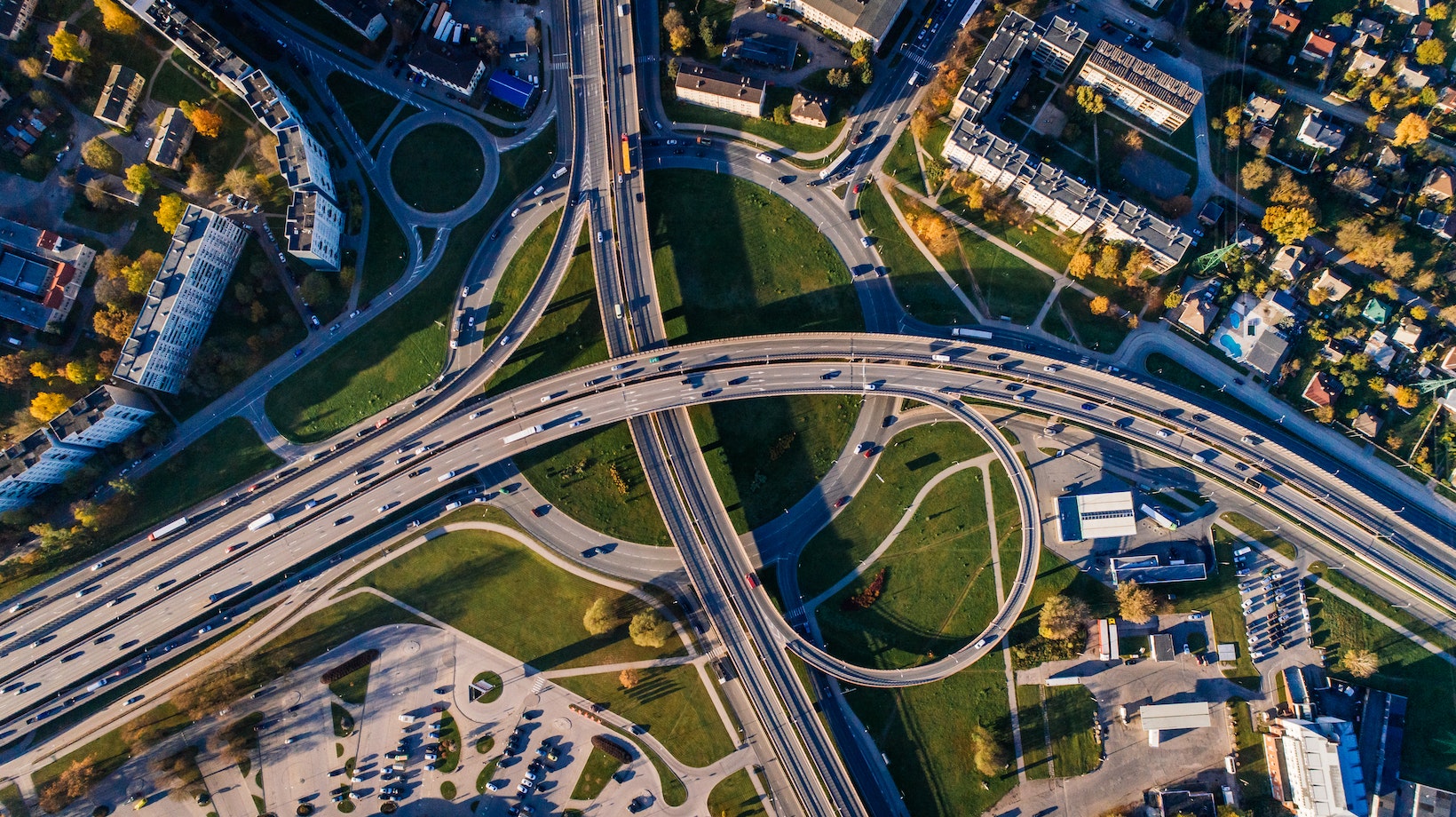
Understanding Highway Merging
Let’s dive into the world of highway merging. It’s a critical part of driving that often stirs up anxiety and confusion among drivers, both seasoned and newbies. However, with a firm understanding of its principles, it’s possible to master this skill set.
So what exactly is highway merging? When we talk about “merging”, we’re referring to the act of joining the flow of traffic on a high-speed road such as a freeway or interstate. This usually involves an acceleration lane where you can increase your speed to match that of the vehicles on the main road before blending in smoothly.
One common question we come across is whether it’s acceptable to increase your vehicle speed when merging onto a highway. The answer? A resounding yes! Speeding up is not only allowed but also encouraged when entering highways. This might seem counterintuitive since speeding is generally discouraged for safety reasons. But here’s why:
- Safety: Matching the speed of other vehicles reduces conflict points and therefore minimizes chances for accidents.
- Efficiency: Maintaining similar speeds promotes smooth flow of traffic, reducing congestion.
By adopting these practices, we’ll make our roads safer and our drives smoother!

The Importance of Speed While Merging onto a Highway
Merging onto a highway can be nerve-racking, especially for novice drivers. But let’s face it, even if you’re an experienced driver, it’s still something that needs your full attention and precision. One key aspect to consider here is speed.
Now, we might ask ourselves why speed matters when merging onto the highway? Well, firstly, matching your vehicle’s speed with the flow of traffic on the highway ensures a smooth merge. It minimizes disruptions in the traffic flow and reduces potential risks for accidents. When we smoothly blend into existing traffic without causing other vehicles to slow down or change lanes abruptly, we’re helping maintain overall road safety.
Around 30% of accidents are caused due to improper merging techniques. So what does this tell us? We need to get our facts straight about how speed plays its part while merging onto highways.
Secondly, increasing our car’s speed before reaching the end of the ramp is crucial. It gives us enough momentum and time to gauge the gap between vehicles on the highway and adjust accordingly. If we’re too slow at this stage, finding an appropriate gap could become challenging and cause unnecessary stress.
Lastly but not least importantly though is understanding that speeding excessively isn’t advisable either. We’re not suggesting you floor it as soon as you see a clear lane! Judicious use of acceleration is essential – too fast or too slow can both be problematic.
Is It Acceptable to Increase the Speed of Your Vehicle to Merge Onto a Highway
When it comes to merging onto a highway, it’s crucial we know the correct and safest way to do so. Many of us wonder whether it’s acceptable or even necessary to increase our vehicle’s speed during this process. Let’s delve into this topic further.
Driving instructors and traffic experts often advise that matching your speed with that of the flowing traffic can make the merging process smoother and safer. This means if traffic on the highway is moving faster than you are, you’ll likely need to increase your speed before attempting to merge.
It’s important, however, not to take this as an invitation for reckless speeding. The National Highway Traffic Safety Administration (NHTSA) reports in their recent studies that excessive speed is a factor in approximately one-third of all motor vehicle fatalities. So while increasing your vehicle’s speed may aid in merging onto a highway, it should always be within legal and safe limits.
You might wonder about instances where vehicles on the highway are moving slower due to heavy traffic or road conditions. In such cases, it would be wise not just to match their pace but also anticipate possible sudden stops or slowdowns from other drivers already on the highway.
Remember that communication plays a key role in successful navigation on highways too! Use your turn signals early enough before changing lanes or merging onto highways; this helps communicate your intentions clearly with other motorists and prevents confusion leading to potentially dangerous situations.

 By
By 



